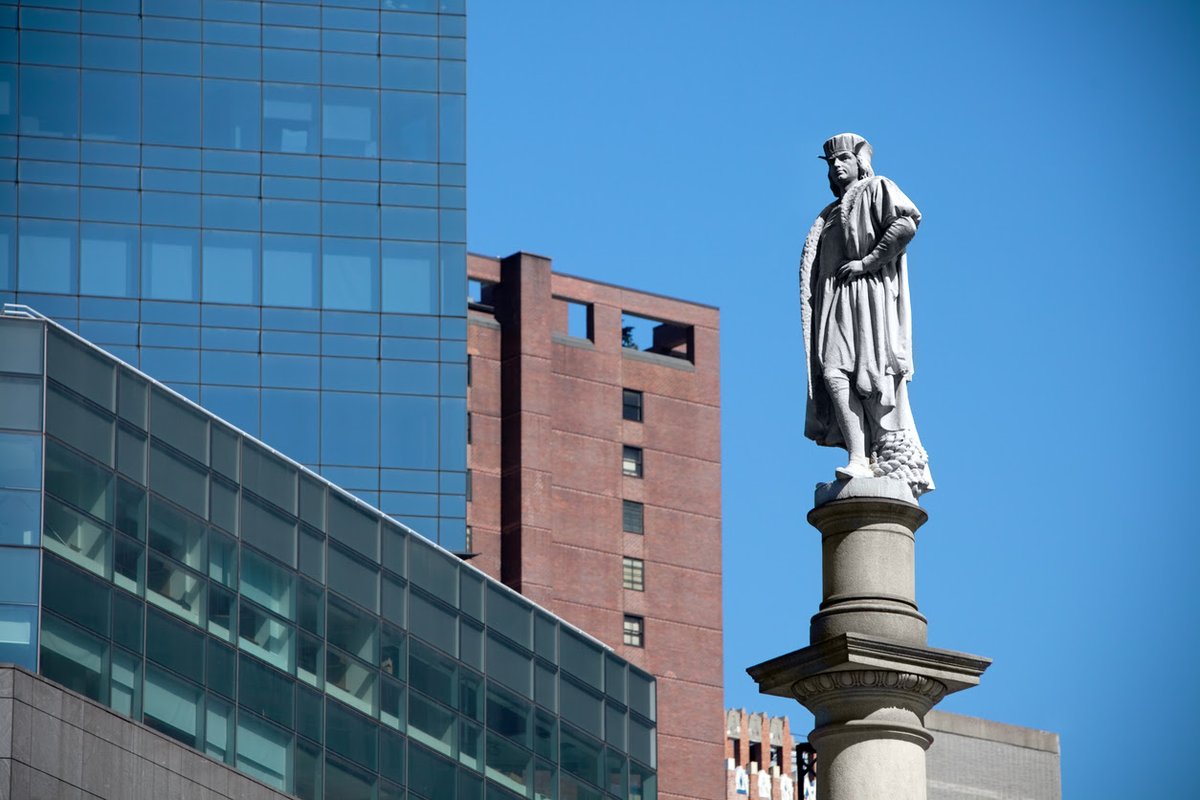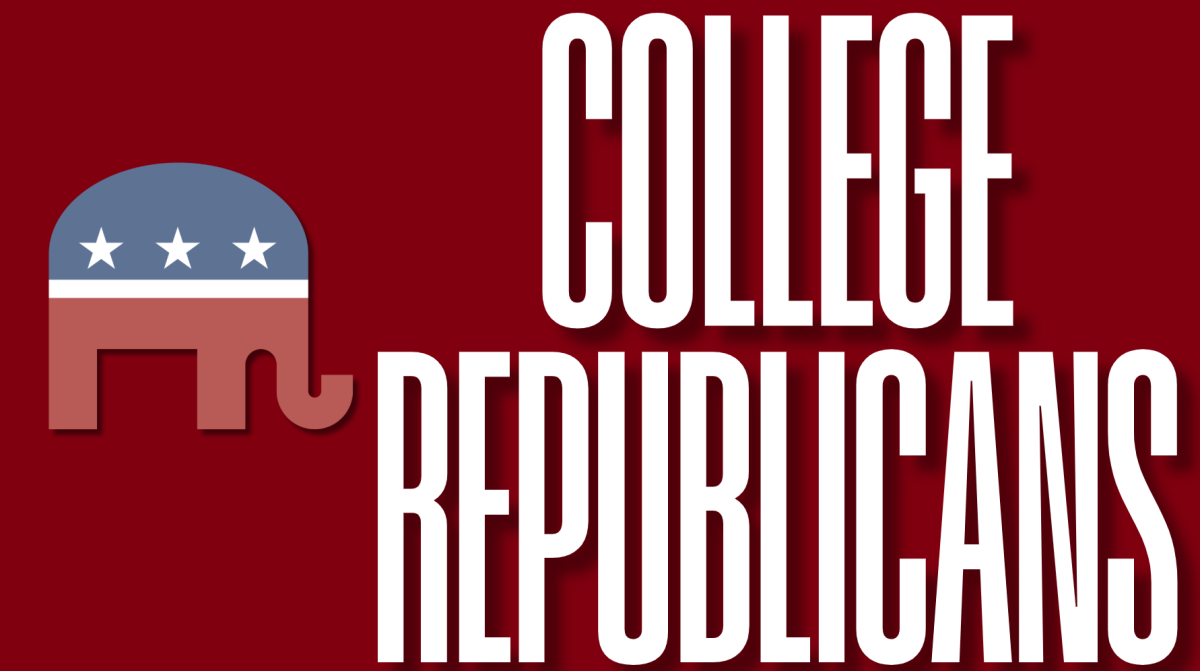New York City officials have recently disclosed a potential plan to replace statues of our founding fathers and historical leaders. Being one of many controversial measures being discussed by Democratic leaders in New York City, the discussion of removing or updating statues harms not only the culture of New York City but is immoral in its roots. The specific measures that the city is considering are tearing down statues or adding plaques to statues to explain “Not just what we like to celebrate them for, but what other things did they do to harm certain people,” said NYC Councilwoman Nantasha Williams.
Some monuments being considered to be either removed or defaced with new plaques are the Christopher Columbus statue located in Columbus Circle, Presidents George Washington and Thomas Jefferson in Washington Square Park and others that represent leaders who helped shape our country into the nation that we are today. To rewrite history to fit today’s narrative by tampering with statues or tearing them down is comparable to the insensitive and ignorant actions of activists throwing soup at priceless paintings as a show of intimidation and activism. More importantly, it destroys the ravishing truth known as history.
In 1892, 59th Street and Eighth Avenue were forever changed when a statue of Columbus was unveiled and has stood tall ever since. The statue took two years to make, is 76 feet tall and symbolizes New York City and the hard work of the city’s Italian-American working-class citizens. An Italian, Gaetano Russo, was even commissioned to transform the statue from a concept to what 16 million people a year visit to honor one man who changed the course of history.
However, the actions that city leaders in New York City aim to take are apologetic about a past they have not personally experienced or taken part in, all while claiming they are telling the whole story. The irony is that they are vandalizing history by considering tearing down the literal concrete examples that remind us of history. For example, a statue that stood remembering our nation’s third President, Jefferson, was removed in 2021 from the NYC Council Chamber to atone for Jefferson’s owning of slaves. Since the removal, the city has tried to promote a holistic approach to his legacy, but it has yet to actually show his legacy’s elements of good, bad and anything in between.
Nevertheless, if it is not enough that statues are going to be taken away due to the history that politicians on the left hope to bury, steps have been taken to ensure this, as it has been suggested that plaques should be planted on statues that NYC politicians deem “offensive.” It is a measure meant to remind viewers of the hyper-polarized takes on history and devalues the impact these statues currently hold on society.
The NATO Association of Canada has commented on removing statues, saying, “In fact, once a statue or monument is removed, it is hard to bring it back.” It also states, “Every time a statue or monument is removed, it reduces the amount of history succeeding generations have to learn from.” So the question must be asked as to why such a notable group in Canada, operating within arguably one of the most progressive and left-leaning countries on the globe, gets this debate right.
The answer to this question comes from principles of right and wrong, free speech and austere morals. In a Gen Z panel discussing the removal of statues, an author and Liberty University student, Christian Hodges, cites these movements to deface and remove statues as a First Amendment issue on the rights to free speech and expression.
Dating back to 1931, the Federal Courts have ruled that regardless of individuals claiming insensitivity, symbolic speech such as statues are protected under the First Amendment, and given the history behind statues, particularly those such as Columbus, Washington or Jefferson, any move to deface or remove them is a blatant violation of the most crucial element of the Bill of Rights.
Nevertheless, many people will continue to attempt to tear down monuments. In that case, we are not only in danger of repeating history, but we are in danger of the hyper-degradation of the rights that the government is actively diminishing and aiming to reclaim.
Statues represent history because they are relics of history. History is not subjective; it is factual and strictly the truth, which is up to individuals to learn and understand. Governments and administrators should not be the ones who tell us what we can see and what we can learn. If they are to do this, it is simply authoritarian.
Michael Duke, GSB ’26, is undecided from Scottsdale, Ariz.










































































































































































































